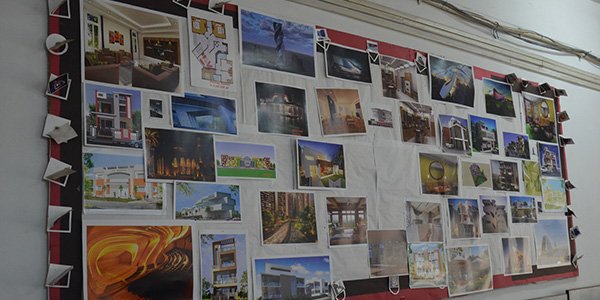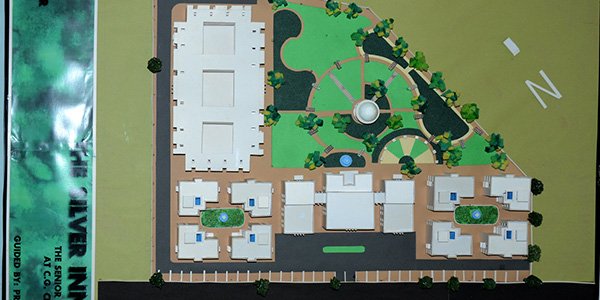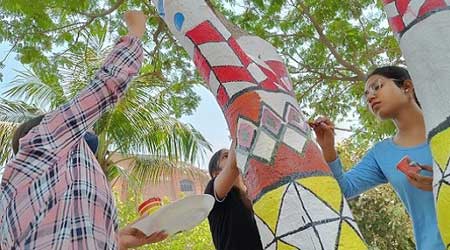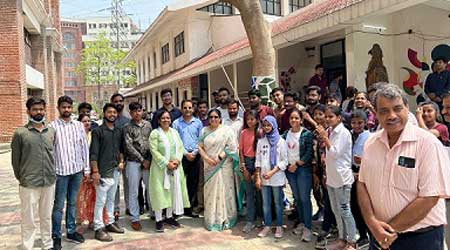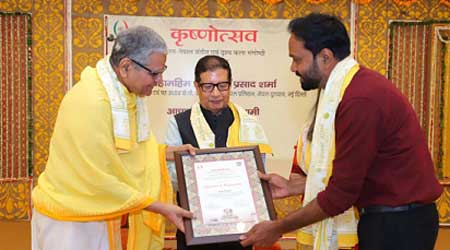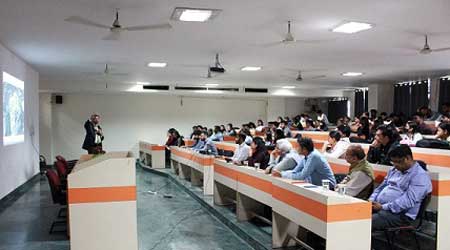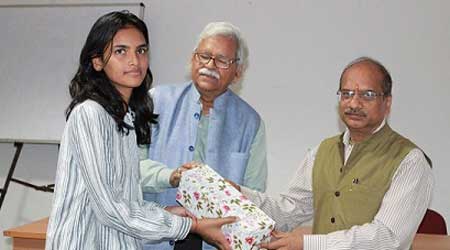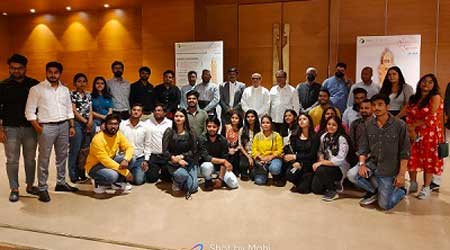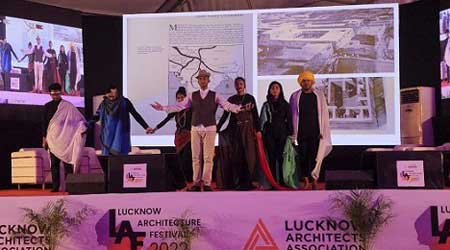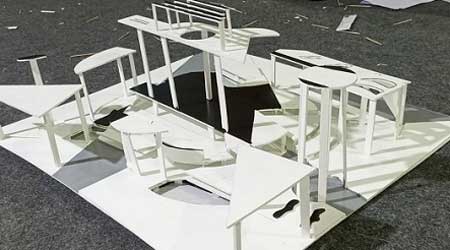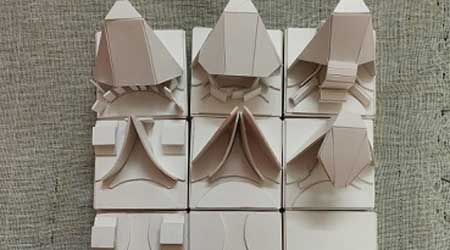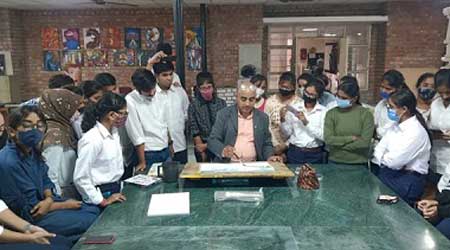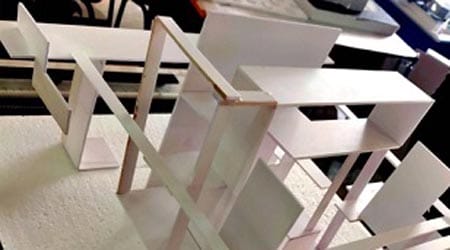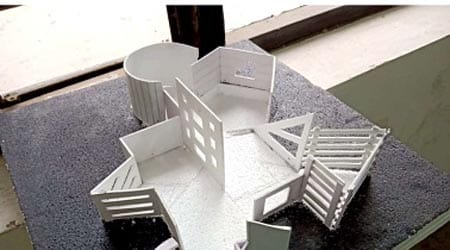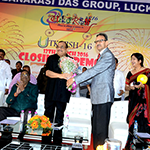TOP ARCHITECTURE, PLANNING AND INTERIOR DESIGN COLLEGE IN LUCKNOW, UP
WHY ARCHITECTURE
Architecture is more than science, the art of expressing & Planning thoughts, ambitions, desire, and much more through (usually grand and/or colossal) structures that stand apart. The science is the study of this art and its ways. Architecture is the reason why we have such a beautifully planned and settled world at our disposal. Beauty might be in the eye of the beholder, but first it was in the mind of an Architect, this how it goes.
But with the world population increasing at an alarming rate even after already being at such a huge number, and the space for habitation thus decreasing, there is dire, almost distressing, need and requirement for not just good, but excellent, knowledgeable and extremely devoted architects & planners.
Good architecture at present can:
- Save the world from an enormous space crunch;
- Add a lot of beauty to our already beautiful world;
- Help to save the environment; and most importantly,
- Will help to provide shelter a lot of homeless and needy with the already existing resources.
The curricular structure divides the 5 – Year (10 – Semester) B. Arch. Program into two levels – Basic Level (six semesters) and Advance Level (four semesters). This is as envisaged in the Council of Architecture Guidelines.
Basic Level – The basic level focuses on providing a firm foundation to building design at a relatively simple level.
The educational purpose is an essential supplement to the professional one, in that professional practice is guided by a broader understanding of the discipline of architecture: its cultural and sociological roots, and its many branches of technological advance. In its best sense, architectural education’s role is to critically evaluate and to expand the relevance and purpose of architectural work beyond the conventional confines of current professional practice.
Advance Level – At this level, building design is taken to higher levels of scale and complexity. It promotes development towards specialization and an engagement with speculative theory and experimentation.
(a) Professional Training – 16 weeks of practical training is required to equip building designers with knowledge and capabilities which can be certified by the Council of Architecture to enable their registration as professional architects.
(b) Thesis – The Thesis is the last major step toward graduation with a first professional degree from the Architecture Program. It provides an opportunity for the student to systematically explore a coherent line of investigation of issues relevant to the field of architecture.
Course Details
| School Name: | School of Architecture and Planning |
| Course Length: | 5 Years |
| Session Start Date: | August |
| Course Type: | Full Time |
| Eligibility Criteria: |
|
| Programme Fee: | Rs. 62,500/- Per Semester |
| Syllabus | Click here to download |
| Program Outcomes | |
|---|---|
| PO1 | Field Knowledge: Apply the knowledge of Architectural Design, Drawing, Art, Sculpting, Crafts, structural dynamics and statics fundamentals and Laws pertaining to building byelaws and services required in simple and complex building projects, Economical aspects and an architectural specialization to the solution of complex architectural problems. |
| PO2 | Problem Analysis: Conducting case and literature studies and analyze complex architectural problems reaching substantiated conclusions using principles of Architectural design, process of designing (case and literature study, research and conceptualization of designs). |
| PO3 | Design / Development of Solutions: Establishing solutions for complex architectural problems and functional components or spatial arrangements that meet the specified needs and wants with appropriate consideration for the public amenities , services, health and safety and the cultural, societal and environmental considerations . |
| PO4 | Conduct Investigations of Complex problems: Use of research based knowledge and research methods including methodology, analysis and interpretation of data, and synthesis of the information to provide valid conclusions. |
| PO5 | Modern Tool Usage: Application of appropriate techniques, resources and modern architectural tools including BIM and CADD oriented modeling to complex architectural, structural and construction activities with an understanding of its advantages and disadvantages . |
| PO6 | The Architect, Planner and Society: Application of contextual knowledge to assess societal, health, safety, legal and cultural issues and the consequent drafting of proposals relevant to the professional practice. |
| PO7 | Environment and Sustainability: Understanding the impact of the professional field solutions in societal and environmental context and demonstrate the need for sustainable development and applying the same thereof. |
| PO8 | Ethics: Apply ethical principles and commit to professional ethics and responsibilities and norms of the professional practice, as prescribed and regulated by regulatory bodies. |
| PO9 | Individual and Team Work: To effectively function as a professional individual and as a member or team leader in diverse situations and in multidisciplinary settings. |
| PO10 | Communication: To communicate effectively with the professional community and stake holders and with society at large. Be able to comprehend and write effective reports documentation. |
| PO11 | Project management and finance: To demonstrate knowledge and understanding of profession, and management principles and apply these to practice to one’s own work, as a member and leader in a team and to manage projects in multidisciplinary environments. |
| PO12 | Life-long learning: To recognize the need for learning and develop an ability and skill to engage in a learning process in the broadest context of technological change in professional and technological realm. |
| Program Specific Outcomes | |
|---|---|
| PSO1 | Apply the fundamental concepts of architectural designing to design a variety of build forms and spaces for providing meaningful and functional yet aesthetic spaces for public and private purposes. |
| PSO2 | Select and apply cutting-edge architectural tools and software to solve complex Architectural problems. |


